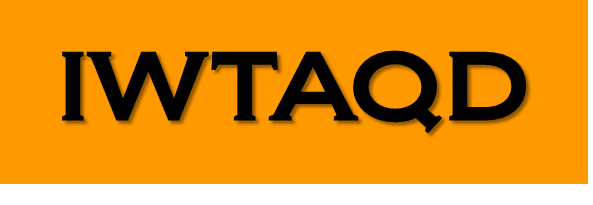| Oleg I.
Tolstikhin |
MIPT
|
Adiabatic Theory
|
June 15 -Jul 4, 2015 |
| Chiennan
Liu |
Fu-jen catholic U |
He dynamics under FEL |
Jul 2 -11, 2015 |
| Vinh Pham
Nguyen Thanh |
Ho Chi Minh City U of
Pedagogy |
Adiabatic Theory |
Jun 22-Jul 4 , 2015 |
| Akiyoshi
Hishikawa |
Nagoya U |
FEL, Molecular dynamics
|
Jun 26-27, 2015 |
Toshiyuki
Azuma
|
RIKEN
|
Laser-Atom dynamics
|
Jun 27, 2015 |
| Trinh
Hoai Vinh |
RIKEN |
Attosecond dynamics,
Tunneling ionization
|
Jun 27, 2015 |
| Penju Zhang |
RIKEN
|
Laser-Atom dynamics |
Jun 27, 2015 |
Yueming Zhou
|
UEC |
Trilobite structure
|
June 15 -Jul 11, 2015 |
Cheng Huang
|
UEC |
Molecular dynamics
|
June 15 -Jul 11, 2015 |
Michio Matsuzawa
|
UEC
|
|
Jun 27, 2015 |
Shinichi Watanabe
|
UEC |
Cold atoms |
June 15 -Jul 11, 2015 |
| Toru Morishita |
UEC
|
Chair
|
June 15 -Jul 11, 2015 |
|
|
|
|
| Hsumin Huang |
UEC |
3-body break up |
June 15 -Jul 11, 2015 |
| Masataka Ohmi |
UEC |
TDSE/Adiabatic theory
|
June 15 -Jul 11, 2015 |
Bangman Wan
|
UEC |
|
June 15 -Jul 11, 2015 |
Hossain Ahmed
|
UEC |
|
June 15 -Jul 11, 2015 |
| Tomotake Yamakoshi |
UEC |
Cold atoms |
June 15 -Jul 11, 2015 |
Shun Ohgoda
|
UEC |
TDSE/Static Field Induced
States
|
June 15 -Jul 11, 2015 |
Asuka Hara
|
UEC |
Attosec dynamics |
June 15 -Jul 11, 2015 |






